Corporate volunteering and Vision Empower: a journey of collaboration, growth and impact
This article by Meghna Chowdhury and Meera Muthukrishnan discusses the critical role corporate volunteering can play in developing resources for facilitating education for STEM subjects for visually impaired children.
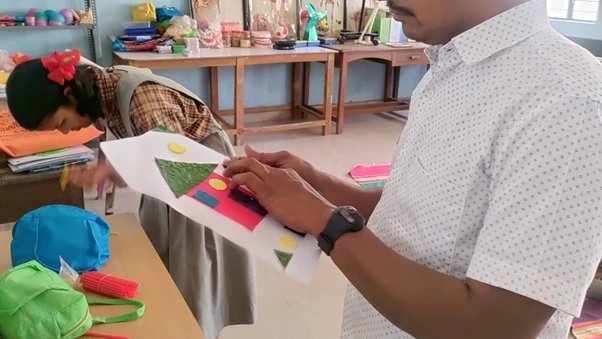
“Alone, we can do so little. Together, we can do so much.”
These words from Helen Keller became a core tenet of the programs designed by Vision Empower (VE) for children with visual impairment and their teachers. The VE team has sought help in all its interventions – while creating accessible learning resources, during the training of teachers on inclusive pedagogical approaches, in the designing of assistive technology solutions at special schools for the blind, and in creating awareness about the needs and capabilities of the community within the corporates.
The VE “Ananda” (meaning, joy) Volunteering Program aims to create ripples of welcome change—not just in the lives of the beneficiaries but also in the minds of those who participate. Its goal is to foster empathy, awareness, and a deeper understanding of accessibility and inclusion among a large section of citizens. Over the years, VE has shaped its corporate volunteering initiatives into a model that is scalable and continuously evolving.
The challenges for inclusive STEM education for the visually impaired start with non-availability of accessible resources where learning occurs with non-visual sensory inputs. While sighted books extensively capture concepts in pictures, visually impaired students are left with only brief textual descriptions that do not completely convey the richness of the pictures.
Apart from the core content, the sighted children also have access to a plethora of visual exercises to assess and reinforce the concepts. VE substitutes visual learning in science and math by the tactile experience of varying textures and haptic inputs. An effective method is to create the pictures using craft materials for showing different textures, raised lines using threads and 3D liners. As the demand for these tactile diagrams increased across the country, making the required number of hand-made pictures and worksheets was a daunting task.
To our delight, the demand for good quality, curated digital content like stories, poems, ‘Tell Me Why’, ‘Tell Me How’ themed passages for the Hexis refreshable Braille reader device increased considerably. This required more work to upload content on the Antara content management software, and hence the need for more hands again. The temporal development of Ananda is a story of collaboration between corporates and NGOs, to jointly respond to the contextual needs of the community by sharing their resources and time.
The evolution of corporate volunteering at Vision Empower
When VE initiated corporate volunteering in 2017, we had no defined framework. However, we felt a strong need for collective impact. Over the years, our approach has been shaped by real-world experiences and the evolving needs of our partners, volunteers and beneficiaries.
Laying the groundwork (2017-2019): Our first step into corporate volunteering involved engaging professionals who dedicated their weekends to tutoring students at special schools. While the intent was strong, this model faced multiple challenges. These included logistical hurdles, safety concerns, and the volunteers’ lack of specialized teaching skills.
Recognizing these gaps, we began involving educators as volunteers. Their experience in teaching methodologies and classroom management was invaluable. However, they lacked an understanding of accessibility. To address this, VE hired accessibility experts to provide training on inclusive education, accessible content creation, and classroom engagement. The energy was so infectious, some volunteers joined VE as full-time employees and lead several key initiatives today including volunteer co-ordination.
Virtual volunteering and the COVID-19 shift (2020): The pandemic brought an unexpected but necessary shift—remote work. It made virtual volunteering more viable. Corporate professionals began contributing their skills in digital content creation, making STEM subjects more accessible to visually impaired students. This marked a turning point in our volunteering framework, allowing greater flexibility and inclusivity, leveraging technologies of the day.
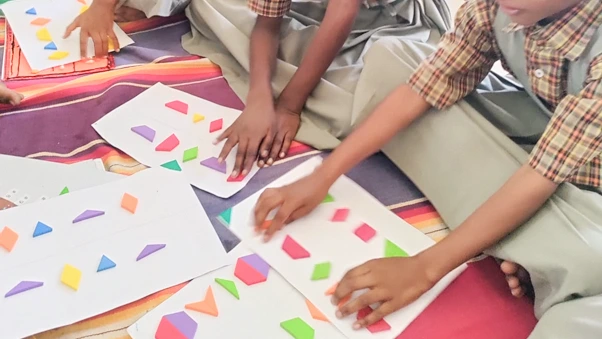
Innovation and hybrid engagement (2021-2023): With more corporate partners, we expanded volunteering opportunities beyond content creation. Training sessions were arranged for volunteers by VE, on a bouquet of activities including translations, tactile art creation, academic research activities, fundraising activities, and event management. There was a flurry of activities on developing STEM content and tactile diagrams, mentoring or taking part in the creation or troubleshooting of assistive technology solutions, and producing videos and media content to aid learning.
To make the experience more engaging, we introduced interactive and game-based activities. A hybrid volunteering model, blending in-person and virtual participation, allowed volunteers to contribute in ways that suited their schedules while ensuring sustained impact.
A scalable and sustainable model (2024-2025): In 2024, VE consolidated the learning in Ananda to design a structured corporate volunteering program, supporting multiple engagement formats in the framework. While the volunteering program evolves in 2025, we have onboarded volunteers from many corporates whose employees contribute in both online and in face-to-face events. This process has been creating a great deal of social capital for VE and sometimes financial too, in recognition of the cause of equitable and inclusive education. VE has been fortunate to have contributions from 4,000+ volunteers in 2024-25.
Why corporate volunteering matters
For the corporates and their employees: VE funders have shared that they prioritize volunteering to cultivate a more engaged, socially conscious workforce. Their employees experience personal fulfilment, stress relief, and a sense of purpose beyond their professional roles. We share below a couple of our volunteers’ testimonials.
“Volunteering with Vision Empower opened my eyes to the importance of accessibility in education. The experience was not just fulfilling but also gave me a new perspective on how technology can transform learning for students with visual impairment.”
“This experience not only allowed me to contribute but also taught me patience, empathy, and the value of making a difference in someone’s life.”
For the students and teachers: For our direct beneficiaries, the joy of receiving accessible resources is unparalleled. The teachers benefit immensely by having the materials they need to work with.
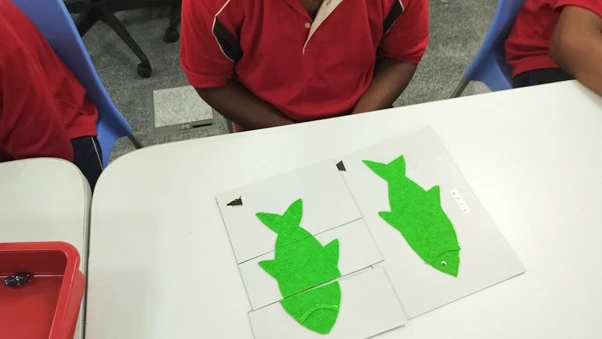
For Vision Empower: Contributions by volunteers help VE’s operations reach our beneficiaries. Besides, these also spread awareness in society about the need for inclusive STEM education and bust the myths. We share some experiences of our employees here, in their own voices.
“Conducting volunteering events was a privilege. Seeing the volunteers deeply engaged in making pre-braille kits and tactile maps was inspiring.”
“Over the past few months, I have had the opportunity to work with diverse teams in multiple volunteering events. It has been rewarding to witness how these experiences foster new connections and bring people together. Beyond creating impact, these events have helped us, as an organization, refine our leadership, communication, and event management skills.”
Challenges and lessons learned
Our corporate volunteering journey has been deeply fulfilling. However, it has also been marked by challenges. These continue to shape our approach. Some of the key lessons we have learned include:
Bridging the knowledge gap: Many volunteers are unfamiliar with accessibility and assistive technology. We, therefore, conduct orientation sessions to equip them with the necessary understanding.
Sustaining long-term engagement: Ensuring that volunteers remain engaged beyond a single event is crucial. We have introduced structured, recurring programs to build long-term relationships.
Refining volunteering methodologies: We continuously analyze feedback. We adapt our strategies to make volunteering more effective and meaningful.
Mobilizing resources: Coordinating materials and logistics across multiple cities remains a challenge. We have begun involving student volunteers to streamline preparation and distribution.
Scale vs. quality: As corporate engagement grows, managing the distribution of accessible materials and ensuring quality control needs structured planning.
Looking ahead: the future of corporate volunteering at VE
VE envisions a future where corporate volunteering is not just an initiative from the CSR wings of companies but a movement that transforms citizens’ perspectives on disability. We welcome new corporate partners to plant the seeds of inclusion and awareness. Corporate volunteers act as catalysts by supporting and scaffolding the efforts of Vision Empower and help us reach children to open the doors of opportunities for them.

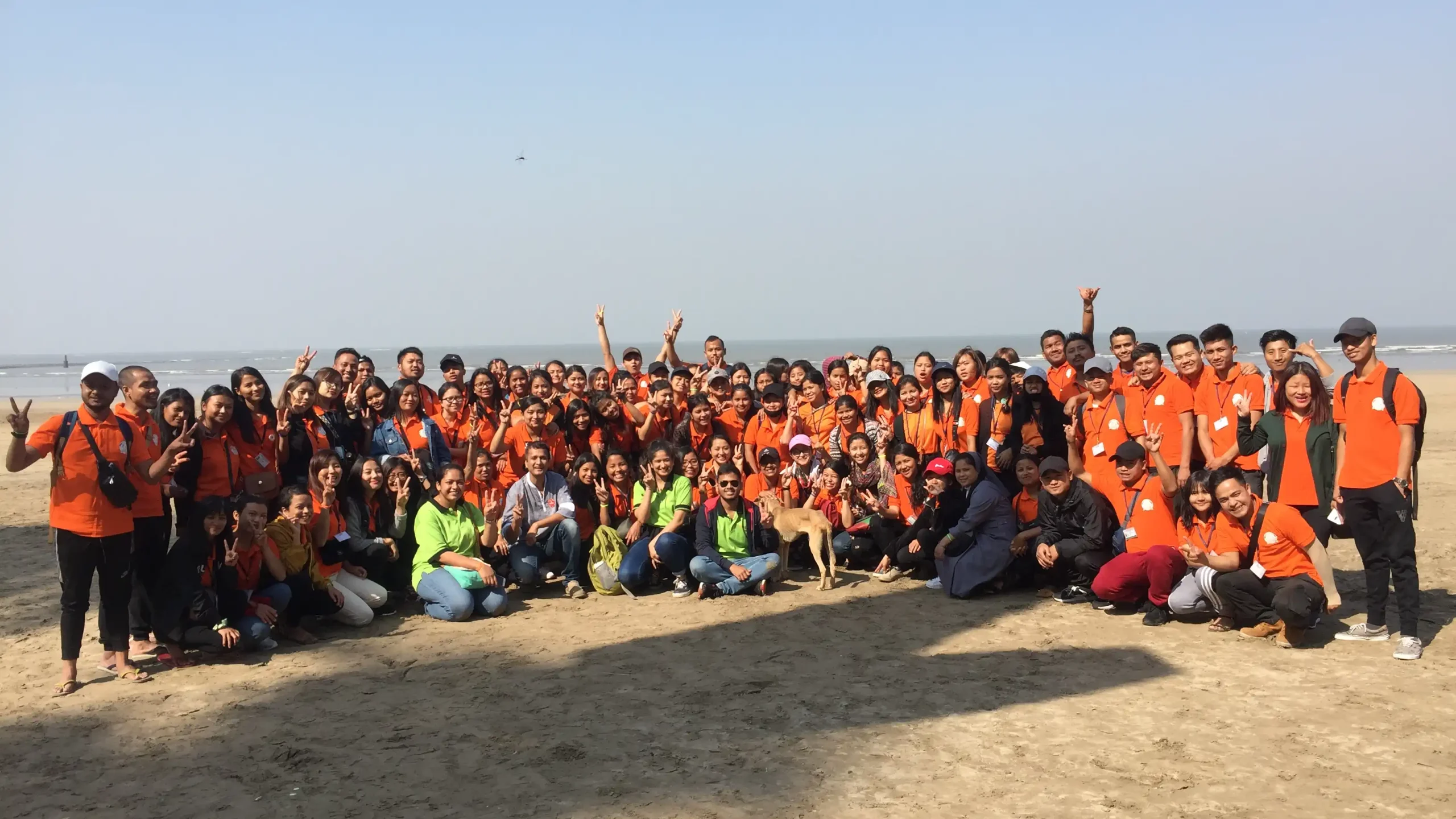
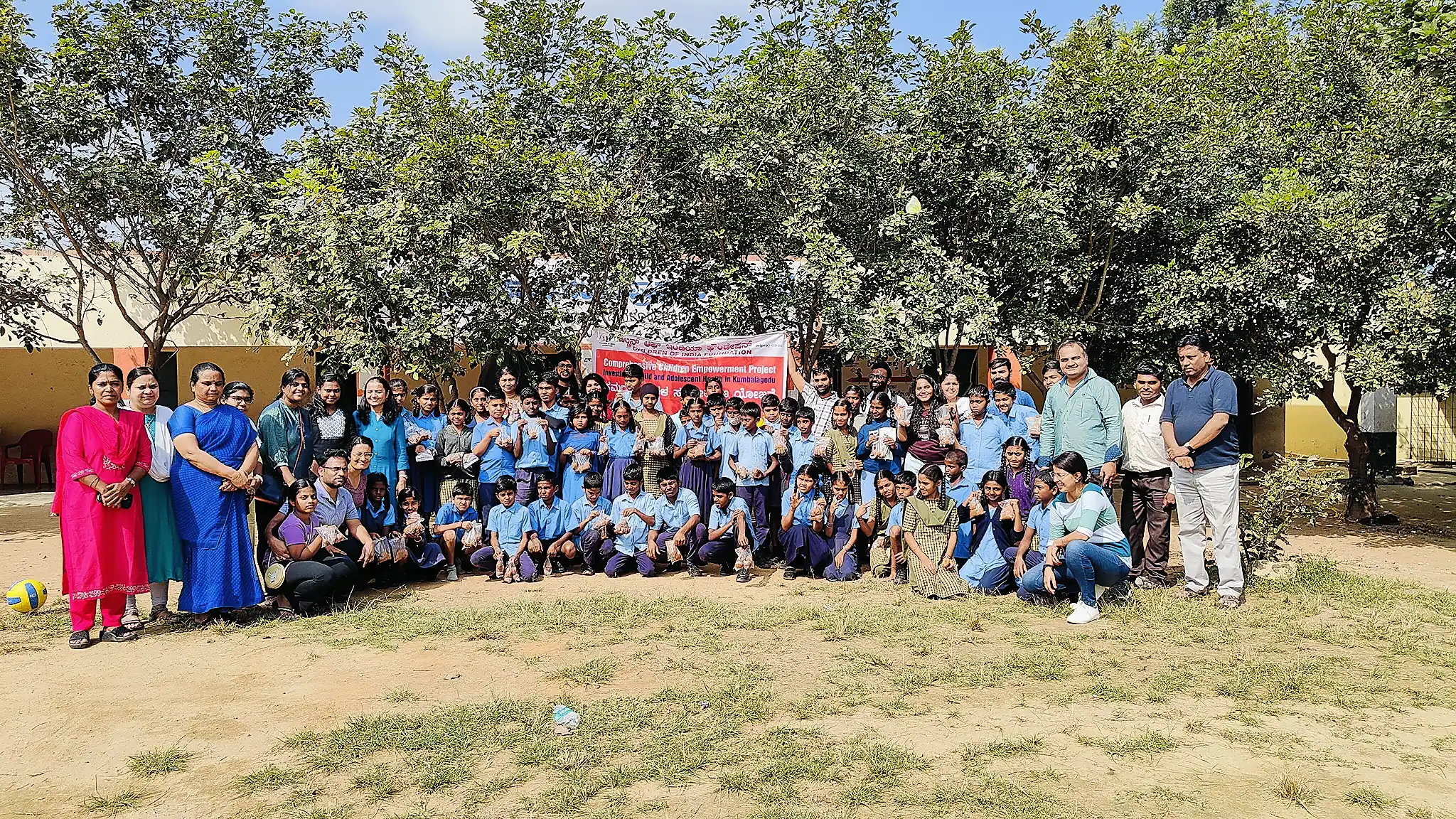
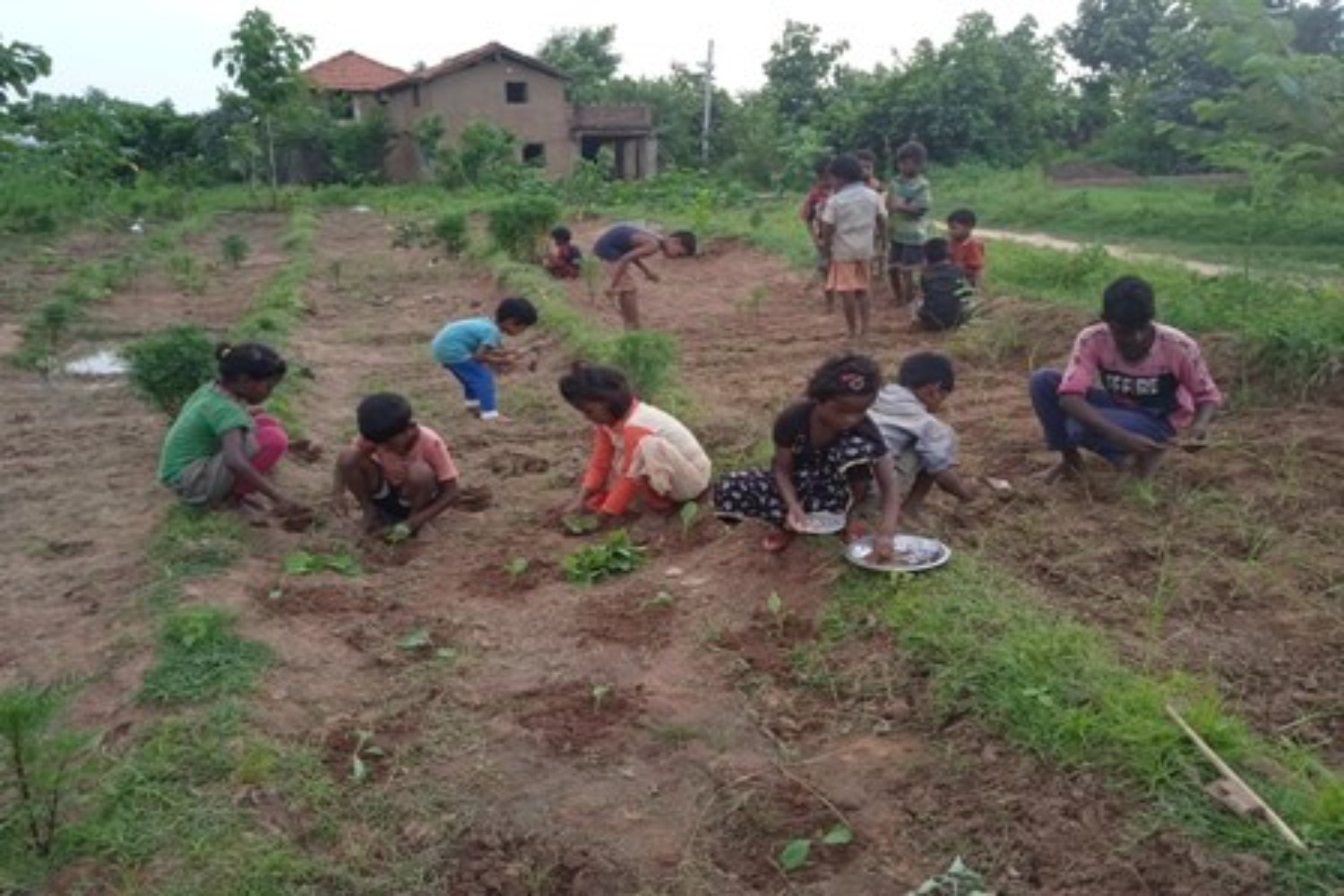
No approved comments yet. Be the first to comment!